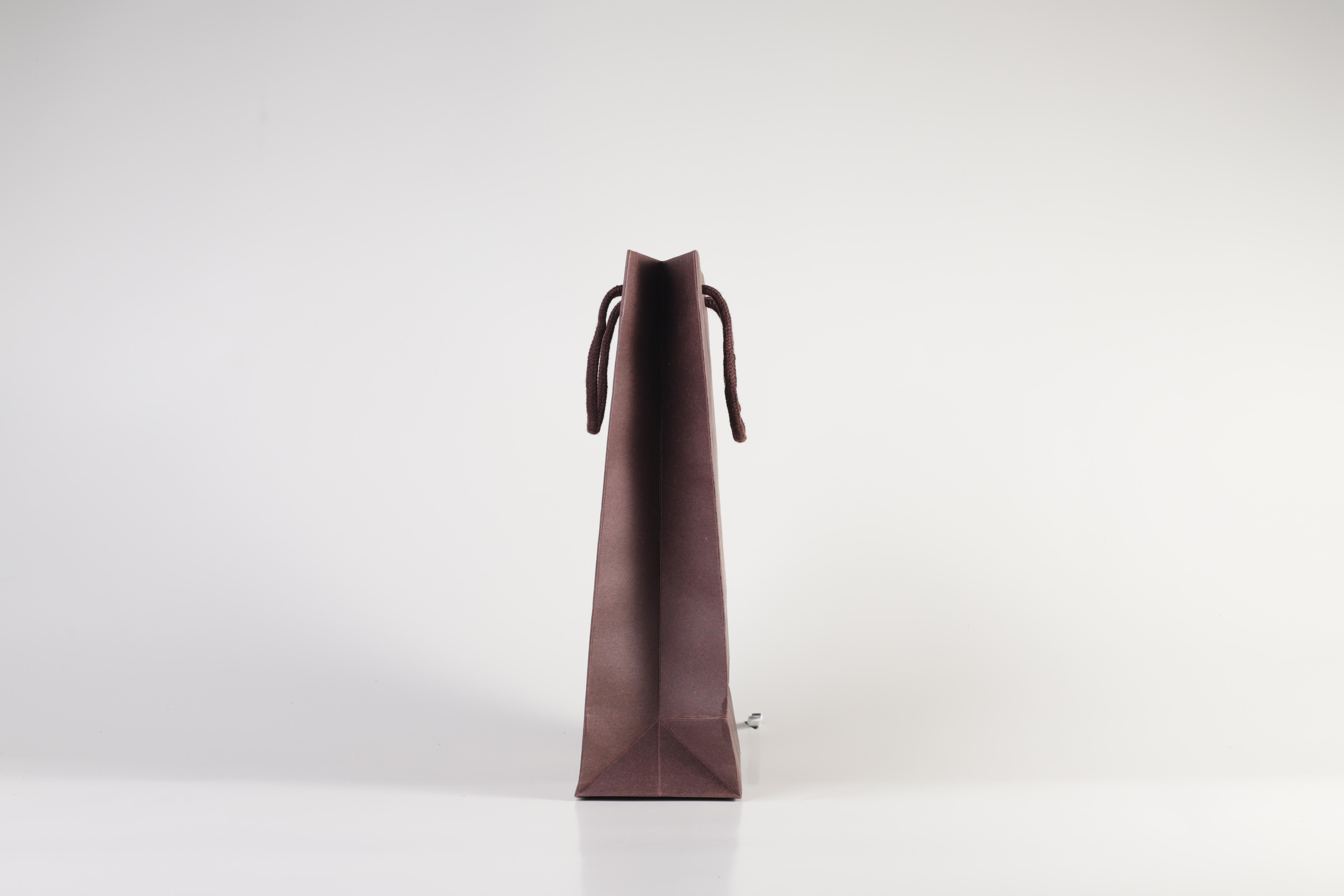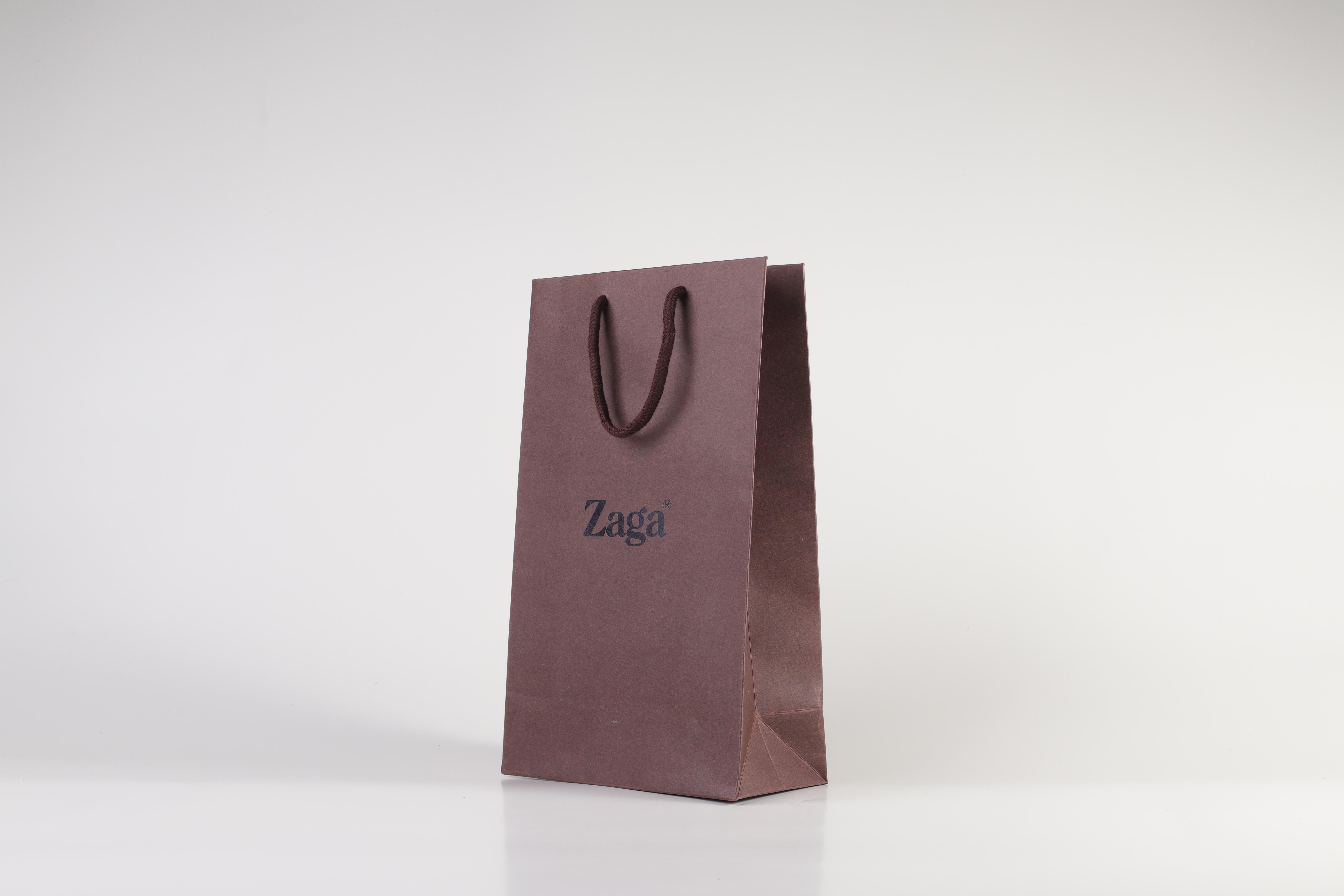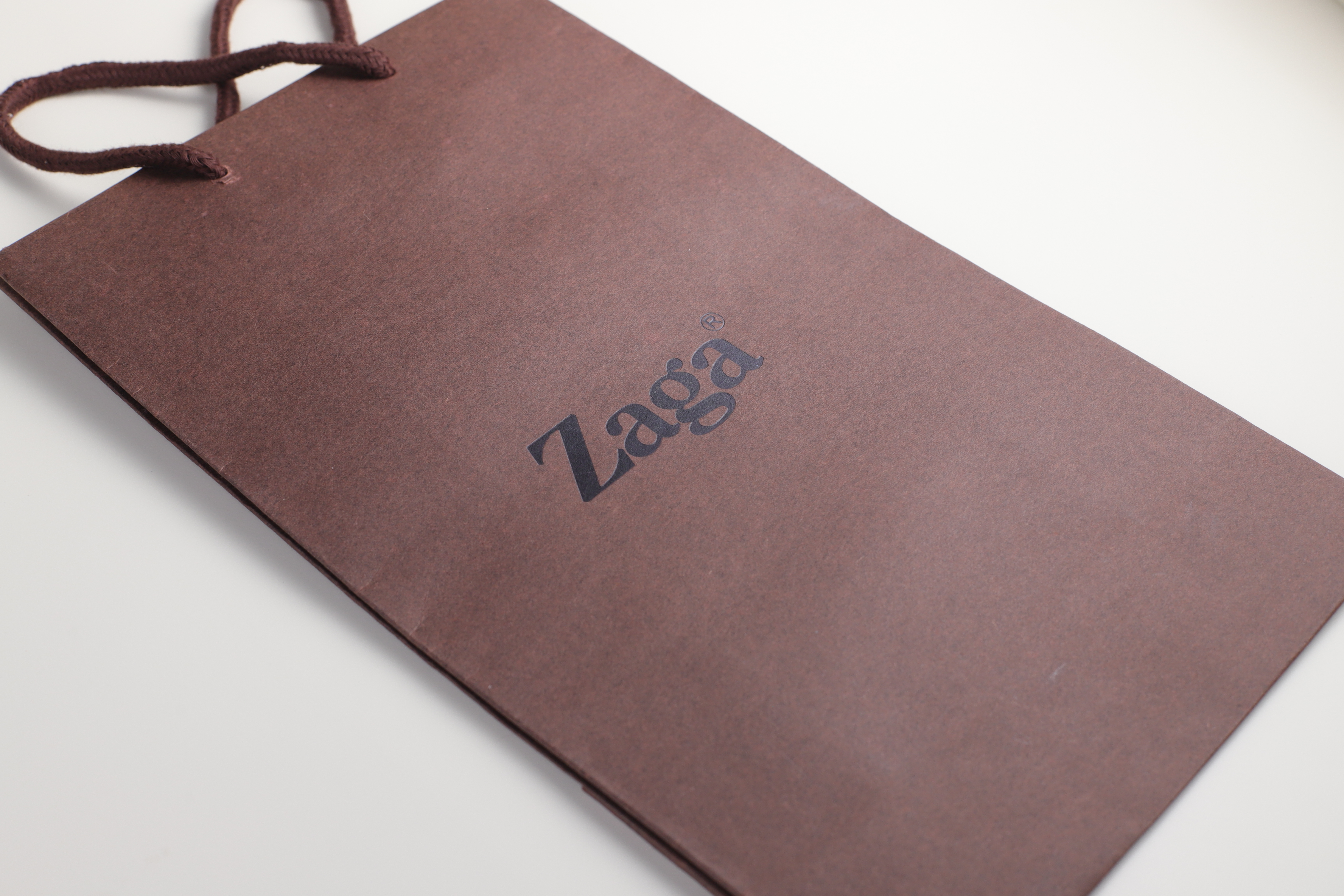- E-commerce’s growth and the drive toward sustainability
- Upkeep of the Planet
- Future innovations in new technology packaging
- Edible Alternatives
- Packaging that is flexible and saves space
- Modernized Packaging
- Intelligent Warehousing Using Machine Automation & AI
- Manufacturing Advances with 3D Printing
- The future is here now.
If we had a pair of binoculars that could peer into the future of packaging, what would they show? Well, it’s simple to imagine based on what we already know. We can understand the packaging industry in ten years and beyond. This can be achieved by examining developing technology, new packaging trends, and market estimates.
Service providers, not product vendors, are the future in all areas, from manufacturing and operations to sustainability and design. In the upcoming years, consumers will enjoy an all-inclusive shopping experience. Businesses will go beyond their brand and appeal to customers mentally, emotionally, and sensually. This means offering a full-spectrum experience instead of just a few branded items.
With the development of technology, mass production will move towards creative, specialized brand packaging to support particular goods and services. The sector is headed for a new revolution as packaging and technology merge. The traditional cardboard bottles, bags, and boxes are still readily recognizable, but the future may see considerable changes. To understand the packaging industry’s future, we must consider two influential factors: e-commerce and sustainability. These forces will shape the industry’s direction and trends.
E-commerce’s growth and the drive toward sustainability
The introduction of COVID-19 gave e-commerce a stratospheric boost after achieving excellent momentum in the early 2010s. Online shopping is becoming more popular because of the lack of in-store experiences and customer service.
New packaging technologies and the rise of e-commerce have opened up a range of options for the packaging sector. This allows the packaging industry to specialize and customize its products even more.
E-commerce will play a crucial role in the future of the packaging business. The buying experience is more customized to the client from beginning to end. As was previously said, it is not the only motivating element.

Upkeep of the Planet
The second key element for the future of the packaging sector is sustainability. Sustainability was already a well-established trend across several industries outside packaging. A more environmentally friendly shopping experience was already trending among consumers, and as time went on, this approach became more commonplace.
Additionally, even though eco-friendly solutions now offer lower financial savings, consumer expenditure on eco-friendly goods is still rising. According to Survey Monkey, 1 in 3 consumers prefer eco-friendly solutions, and 35% of respondents said they would choose an environmentally friendly product over a slightly less expensive one. Sustainability has already taken on significant importance for the packaging industry. Now more businesses are taking on the responsibility of environmental protection, as consumers now demand a higher standard of eco-responsibility.
Recycling, trash reduction, making better use of box space, reducing one’s carbon impact, and other trends are becoming increasingly popular because of this, environmentally friendly packaging may replace conventional, still widely used plastic packaging as the new standard.
The decline of plastic materials is an indisputable shift when considering the future of packaging. Due to its ease of use, durability, and widespread application, plastic has become a popular choice, but its effects on the environment have drawn increased attention. A collective conscience has been sparked by the harsh reality of plastic pollution, which has compelled businesses and consumers to look for more environmentally friendly substitutes and to adopt cutting-edge materials and technology for a better, healthier planet.
Future innovations in new technology packaging
Therefore, creative improvements and technology developments are required to uncover new chances for businesses to capitalize on the growing customer demands for things to be as convenient and eco-friendly as possible, such as with the popularisation of e-commerce and sustainability.
The market is continually updated with fresh packaging ideas and technological advancements for their benefit as the industry experiences a technological renaissance. But what specifically are some of these new packaging technologies? Let’s get started and find out!

Edible Alternatives
By lowering our reliance on plastics, edible packaging is an inventive, environmentally friendly option that lessens our need for fossil fuels and has the potential to reduce our carbon footprint dramatically. This is the ideal response to consumers’ requests as they strive for eco-friendly activities.
Edible packaging has great promise to provide the food sector with various adaptable alternatives for package colors, patterns, and more by using natural materials like algae, plant fibers, seaweed, or crops. Even eating the packaging offers consumers a novel experience without leaving any waste to be dumped in landfills or thrown into the ocean.
However, edible packaging isn’t just for human consumption. Animals can eat edible packaging, which feeds them instead of poisoning them like typical plastics.
Packaging that is flexible and saves space
But innovations aren’t limited to how consumers discard packaging. Transport and storage are also evolving. Additionally damaging to the environment are the mass production, shipping, and storage of packaging because extra stock invariably ends up in landfills. But happily, space-saving alternatives are becoming more common due to recent developments and improved efficiency.
This indicates that flexible packaging is becoming more popular because it is easier to store, stack, and use. Flexible packaging is one of the most popular innovations, particularly in the food business, where consumers desire convenience and adaptability.
Modernized Packaging
However, if you thought flexible and edible packaging was cutting-edge, you’d be astonished to learn that even more cutting-edge inventions are currently popular. The use of smart packaging sometimes referred to as intelligent and active packaging, has greatly increased recently. Grand View Research estimates that reported revenues from smart packaging were $10.8 billion in 2015 and are expected to increase to $26.7 billion by 2024.
With the ability to conveniently track and record consumer behaviors to deliver a more individualized experience for target audiences, smart packaging opens up a new communication realm for brands and enterprises, enabling them to satisfy customer requests better.
With advanced infotainment, digital sales tools, and online connectivity, printed electronics technology such as near-field communication (NFC), radio-frequency identification (RFID), ambient intelligence, smart LEDs/OLEDs, and compact power sources, screens, sensors, and data storage offer consumers a level of interaction never seen before.
Bio-nano composites may replace non-biodegradable, petroleum-based plastic because of their protective qualities ideal for hygienic and antibacterial packaging, particularly for medical, pharmaceutical, and food products. Nanotechnology is also being used to reduce packaging waste and promote sustainability. Concerning nanotechnology, we are only beginning to scratch the surface and should anticipate further innovation.
Even augmented reality, which was for the longest time confined to science fiction, is now within reach. The introduction of augmented reality (AR) technology has given us a glimpse of the long-term role that interactive technology will play in packaging design. Consumers can virtually test drive products, look at package possibilities, and engage with game aspects in the upcoming ten years as businesses use packaging and products to establish their brands and offer new types of entertainment.
Overall, smart technology will increase customer engagement with your product as well as provide a wealth of consumer data that will allow you to present them with benefits and results that are more quantifiable.

Intelligent Warehousing Using Machine Automation & AI
Earlier in this post, we highlighted smart packaging, but this new technology is for more than just packages. Consumers expect made-to-order products to be delivered swiftly in an increasingly connected environment. This is also made possible by cutting-edge technologies like cognitive computing, robotic process automation (RPA), Internet of Things connectivity, and others.
Through the use of smart warehousing, all of these technologies will combine to create a full fulfillment solution that includes:
- Predictive maintenance (systems will detect problems before they occur and take appropriate action)
- IoT standardization, cobots (robots that will collaborate with humans), and effective network connections
- integration of manufacturing for print-to-order.
- Artificial intelligence (AI), as robots take on more tasks
Manufacturing Advances with 3D Printing
The packaging industry is changing more than just the designs and materials used. Even manufacturing is evolving. Making distinctive packaging is simpler than ever, thanks to developing technologies and discovering new, effective techniques.
The capacity of additive printing technology to instantly produce intricate shapes and designs that would otherwise be impossible or extremely resource-intensive has caught our attention during the past few years. Through print-to-order production, 3D printing promises to lift the standard even further.
With its flexibility, efficiency, and cost-saving benefits, 3D Printing will be a far superior alternative to current techniques for creating package prototypes. This will blur the distinction between design and manufacture.
Moreover, even though 3D Printing is still in its infancy, we could soon expect a change from small-scale specialized production to scalable Printing for various industries! By 2028, additive manufacturing techniques will provide customized on-demand package solutions with no limits on creativity.

The future is here now.
A technological revolution is currently happening. Manufacturers of packaging and customers will, therefore, only gain from initiatives that will revolutionize everything from customer experience and production to shipping and environmental protection as the world quickly moves towards this and other sustainable approaches.
Today is the future. Businesses should prepare for the introduction of new technology and welcome it. You will only benefit from evolving with these advances as you enjoy the benefits and maintain your competitive edge.
You Can view our more exciting blogs!
